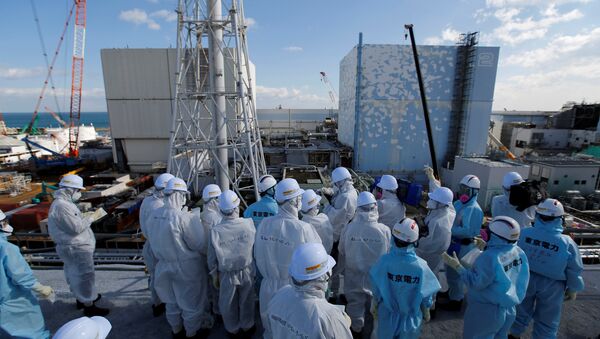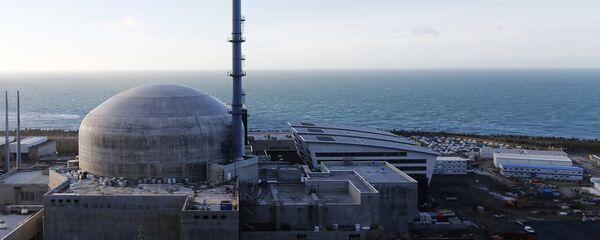A magnitude-9.0 earthquake and tsunami in March 2011 resulted in the meltdown of three of Fukushima's six reactors. The disaster in Japan left around 19,000 people dead and more than 100,000 homeless. In the largest nuclear incident since Chernobyl, radiation levels were so high that every robot sent to explore the site has failed.
Devices on the camera-equipped robot measured radiation levels of 7.8 sieverts per hour on a metal stage for workers and 1.5 sieverts per hour in water pooled at the bottom. The figures are significantly lower than the 210 sieverts per hour measured at one spot in the PVC of the No. 2 reactor last month, but are still extremely high.
The four-day inspection launched by Tepco, the owner and operator of the now-defunct Fukushima-1 nuclear plant, is part of preparatory work for the eventual removal of fuel debris. The primary mission of the robot is to investigate the bottom of the containment vessel to see whether it can capture images of the melted fuel. Finding the exact location and condition of the melted fuel is considered critically important to dismantling the reactors.
Tepco said the robot can withstand up to 1,000 sieverts before malfunctioning. It traveled about 5 meters on Saturday and will eventually make its way to the other side of the concrete structure through a space that runs beneath the pressure vessel, which houses the core.
The process of decommissioning the nuclear plant is expected to take at least 40 years, and cannot begin before a full assessment of the damage is complete.




